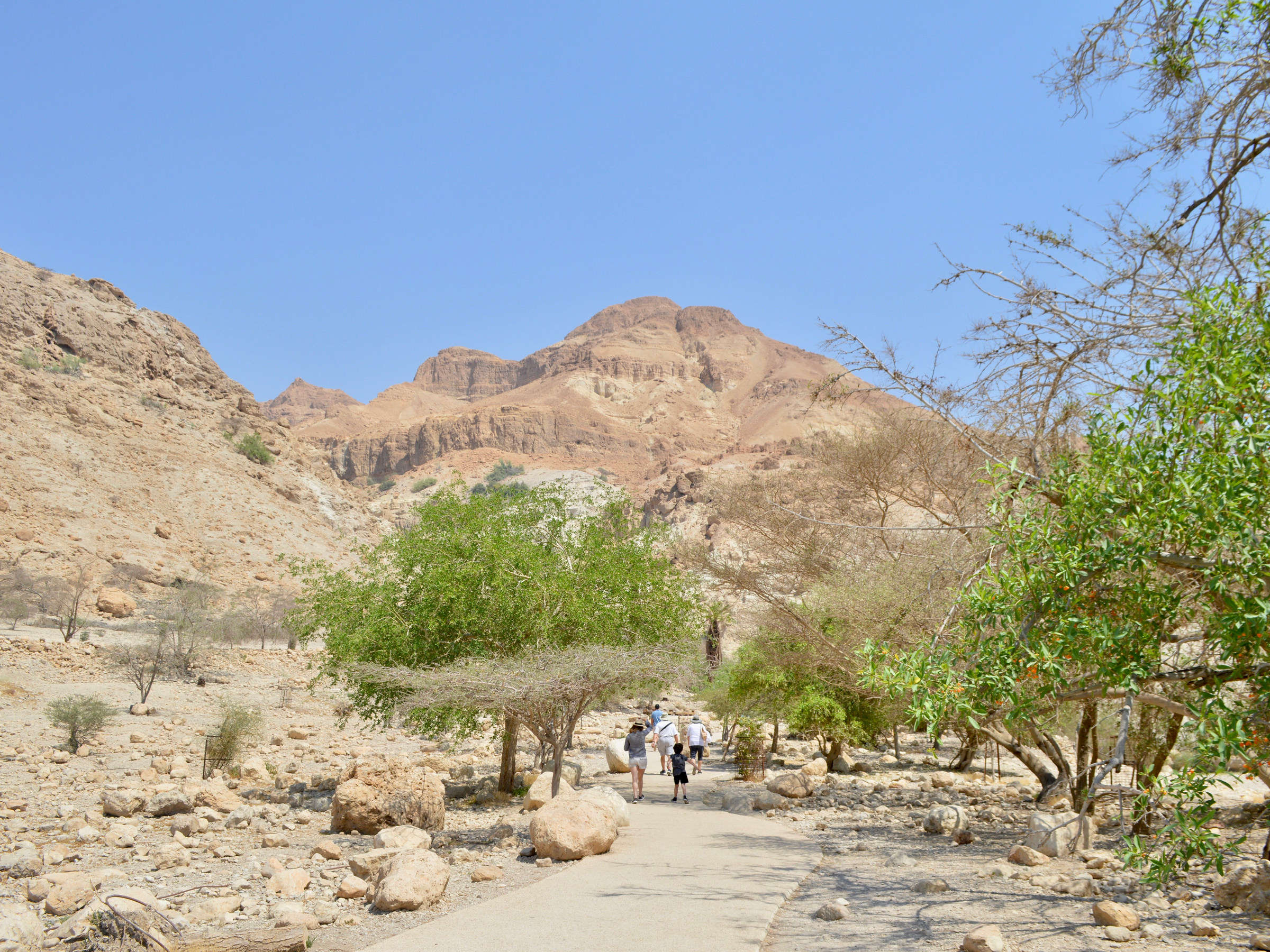Since Israel signed the World Heritage Convention in 1999, UNESCO (United Nations Educational, Scientific, and Cultural Organization) has placed nine Israeli sites on its World Heritage List. This list is considered to be the most important registry of landmarks of human civilization, and each landmark or site is legally protected by international treaties.
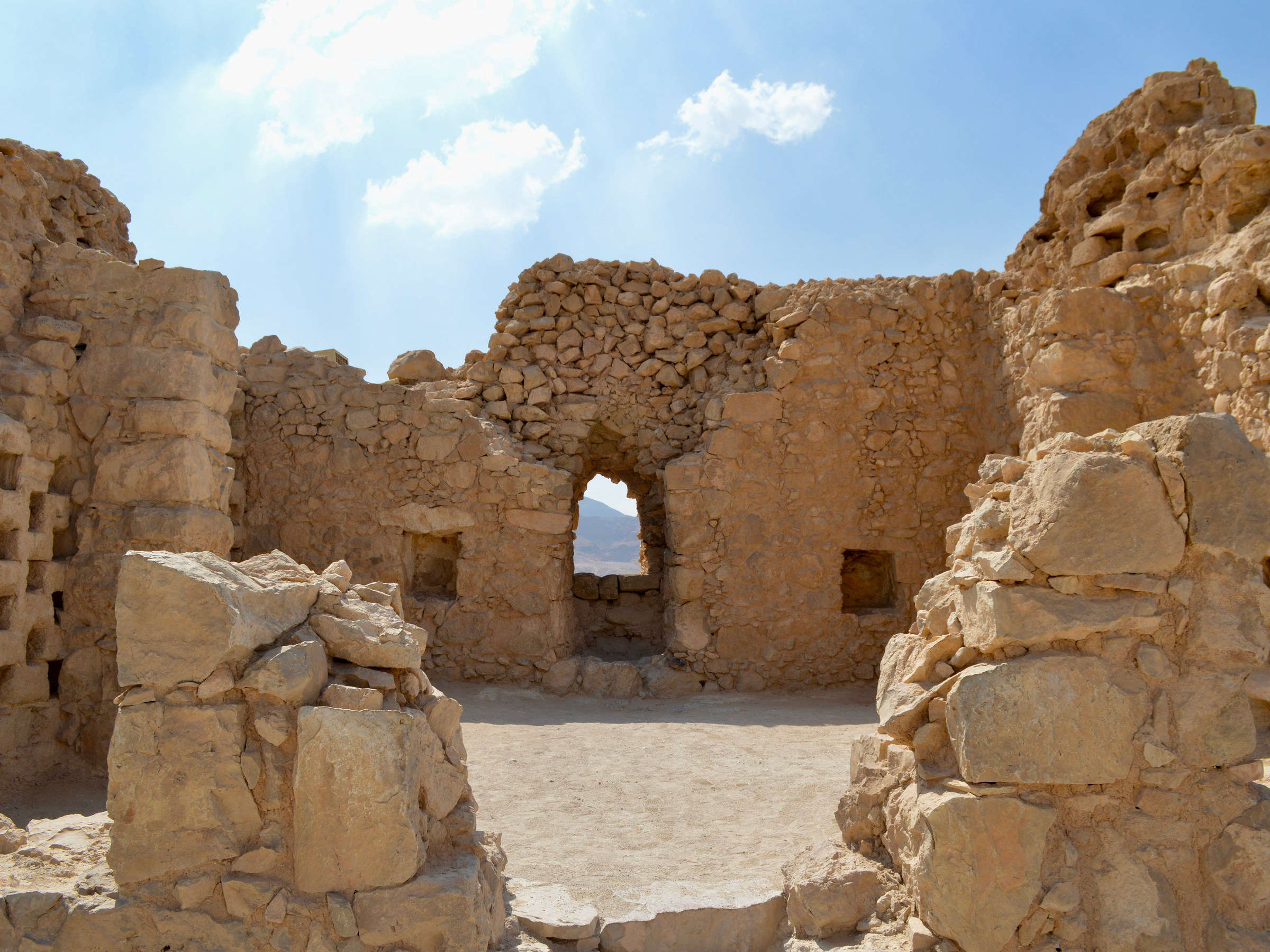
In 2001, the fortress of Masada, built by King Herod as a desert palace, and then used by Jewish rebels as their last stand against the Roman Empire in 73 CE, became the first site in Israel to make it onto the list. Having gone untouched for nearly 13 centuries, the remains of the palace are largely intact. Masada is also the site of the most complete Roman military camps and siegeworks anywhere in the world. Not only does it have architectural significance, but also religious significance as the site of the Jewish revolt against the Romans. Explore this historical site with Context on an excursion from Jerusalem.
Acre’s Old City was also inscribed in 2001. Continuously inhabited since the Phoenician period, the town is an excellent example of Ottoman architecture, featuring mosques, a citadel, and baths. But just as interesting is what lies beneath the 18th and 19th century Ottoman structure—the world’s best-preserved Crusader city, dating from 1104 to 1291.
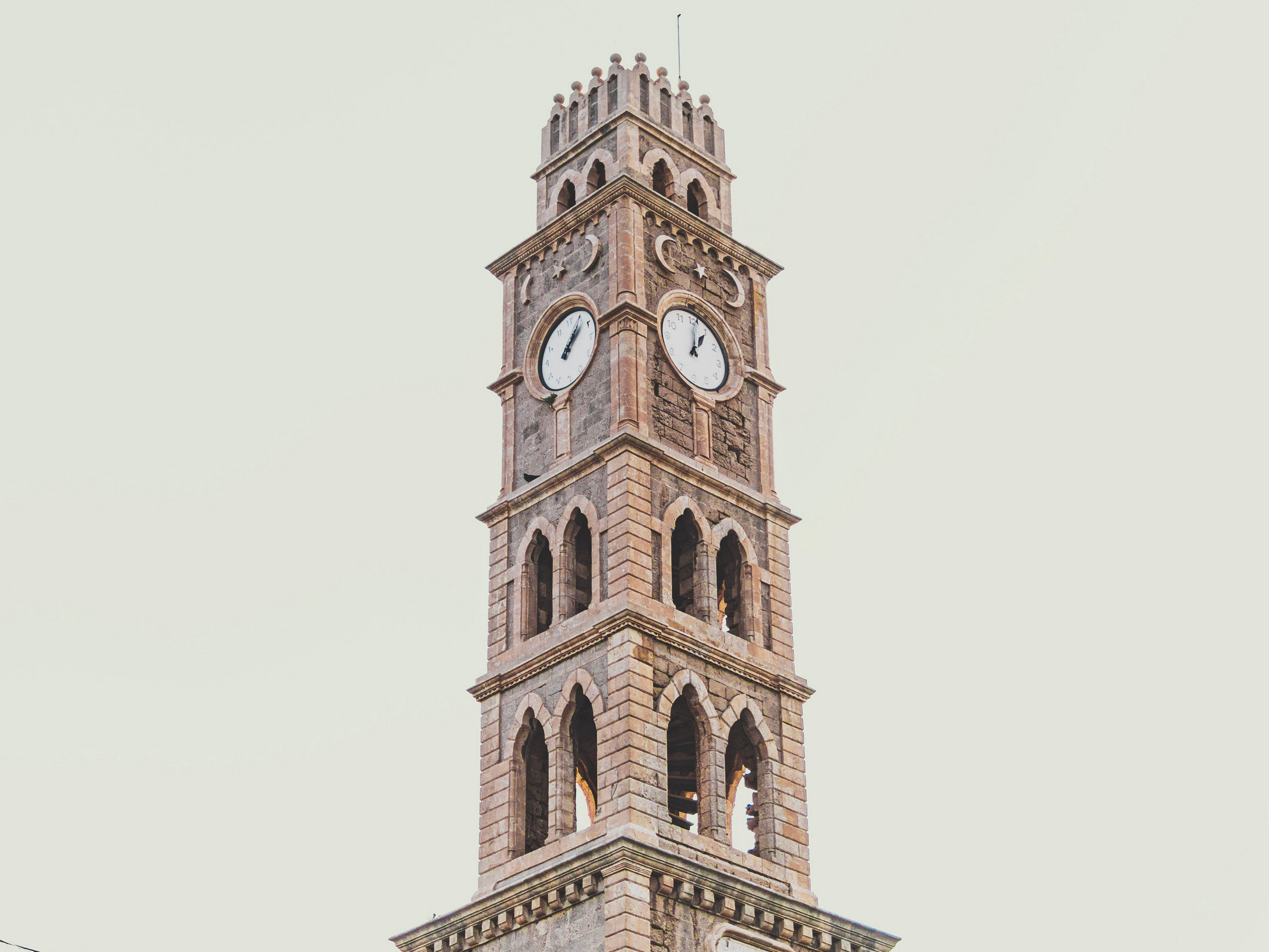
Moving a few centuries in time, the White City of Tel Aviv was inscribed in 2003. It was inscribed as a World Heritage Site for its collection of 4,000 Bauhaus or International Style structures dating from the 1930s and 1940s. The architecture is representative of the Modern Movement and 20th century trends in town planning. See the Bauhaus influence up close with Context on our Tel Aviv in a Day tour.
The biblical cities of Megiddo, Hazor and Beer Sheba—called “Tels,” or prehistoric settlement mounds—were inscribed in 2005. Of the more than 200 Tels in Israel, these three contain some of the most elaborate underground water-storage systems dating back to the Iron Age. They are also the most strongly linked to events in the Bible, lending them the name “the Biblical Tels.” All three have distinct qualities: a Bronze Age temple compound in Megiddo, the ramparts in Hazor, and the elaborate town planning of Beer Sheba.
Known collectively as the “Incense Route,” a group of four desert cities in the Negev, which prospered from the third century B.C.E. until the end of the second century C.E., was inscribed in 2005. These Nabatean towns linked the 2,000-kilometer spice route from today’s Yemen to the port of Gaza on the Mediterranean. From there, precious fragrances (like frankincense and myrrh) were shipped to Rome. These towns are an excellent example of sophisticated water collection and irrigation systems as well as Nabatean building advancements.
“Baha’i Holy Places,” located in Haifa and the Western Galilee are the site of the Baha’i faith’s two holiest sites: the Shrine of Bahá’u’lláh in Acre and the Shrine of the Báb in Haifa. They are visited by thousands of Baha’i pilgrims each year and became a World Heritage Site in 2008.
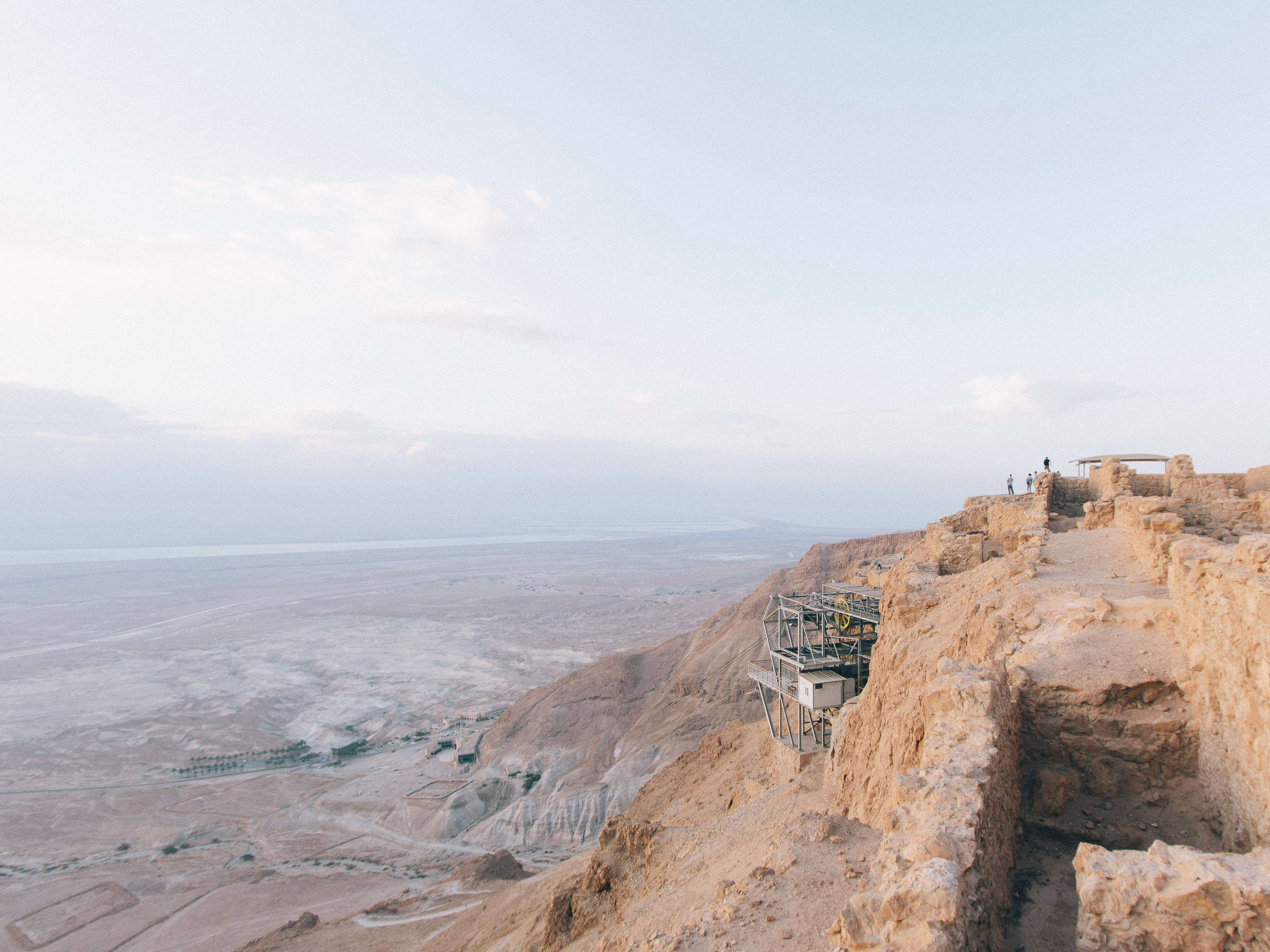
The Mount Carmel caves, known also as the Sites of Human Evolution, include several caves that are anthropologically astounding, representing a 500,000-years chronology of human evolution The site documents the transition from hunter-gatherers agriculture. There is evidence of both the Neanderthal man and early Homo sapiens here, and the caves were added to the UNESCO list in 2012.
The Caves of Maresha and Beit Guvrin, a vast cave complex located in the Judean Hills southwest of Jerusalem was added to the list in 2015. The massive network of 3,500 man-made chambers, which dates back as far as the 8th century BCE, were used initially as quarries, and later for various agricultural and local craft industry purposes, including oil presses, stables, underground cisterns, baths, tombs, places of worship, and even refuges.
The most recent Israeli site to be added to the UNESCO’s list is the Necropolis of Bet She’arim. The site was used as catacombs for people of Jewish faith after they were besieged by the Romans. The catacombs demonstrate the cross-cultural exchange between Europe, Asia, and Mesopotamia from the 2nd to 4th centuries.
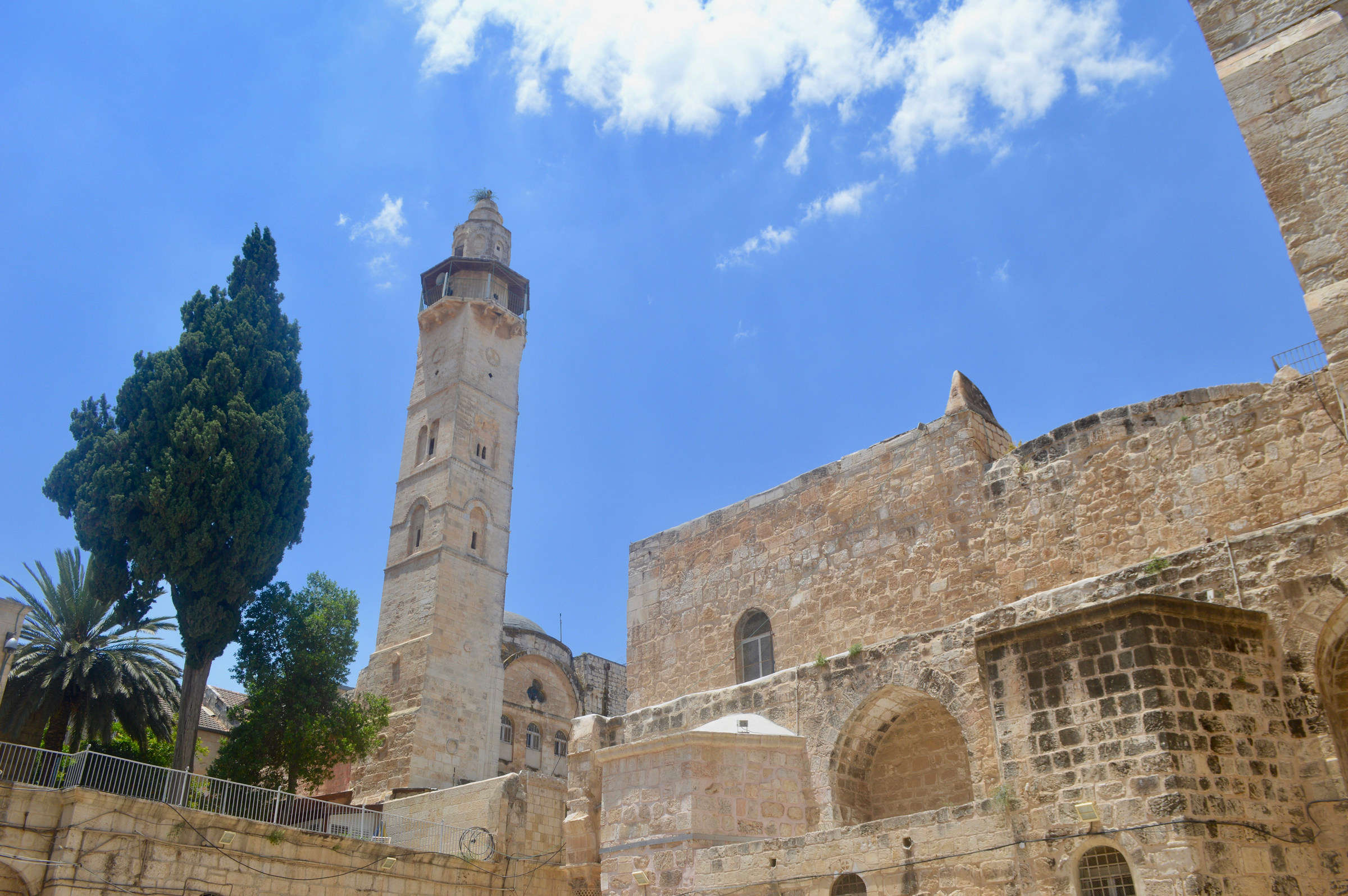
For such a geographically small country, Israel is incredibly rich in historically significant landmarks. From trade routes dating back to the third century B.C.E. to Bauhaus-style architecture of the 1940s, Israel’s contributions to the list of UNESCO World Heritage Sites is incredibly diverse, spanning a multitude of time periods, civilizations, cultures, and significant historical moments.
While Context doesn’t travel to all of these sites yet, we do offer a full portfolio of private and custom tours in Israel.
